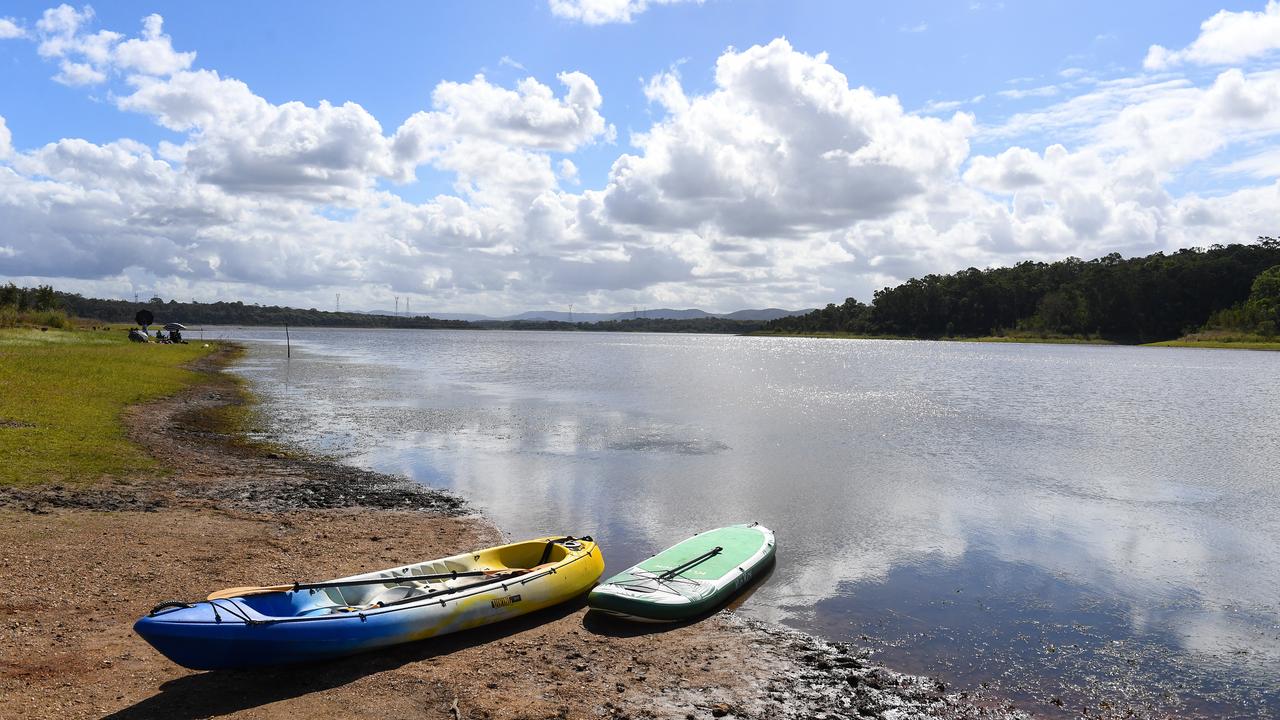
Drowning rates have declined significantly over the past two decades though challenges persist among migrant and regional communities, a landmark study reveals.
Analysis of unintentional drowning deaths between 2002 and 2022 shows a 60 per cent decrease in drowning deaths among children under the age of four, and a 24 per cent decline over the past 20 years overall.
Every age group had lower deaths except between 15 and 17, according to data published in the Australian and New Zealand Journal of Public Health on Tuesday.
The findings reflect "great progress" in public health education and water safety, study co-author and Royal Life Saving Australia national manager of research and policy Stacey Pidgeon told AAP.
But the work is far from over, she cautioned.

Data from after the study's period shows a slight increase in drowning deaths over the past three years, with more people moving away from patrolled beaches to unsupervised inland locations.
"We're starting to see more people get into difficulty that may not have the skills and ability to keep themselves safe," Ms Pidgeon said.
Meanwhile, rivers and creeks were identified as leading locations for drowning, representing 26.3 per cent of fatal cases in the study.
Concern is also growing about water safety in regional and multicultural communities, where awareness and experience around water is limited.
In January 2024, Victoria witnessed its worst beach tragedy in nearly two decades when four international visitors drowned after being caught in a rip current.
They were visiting Phillip Island for a family day trip and were part of a group of nine with relatives from India.
"Multicultural communities are one key area of the water safety strategy. There's been a very concerted effort in terms of strategies across the country," Ms Pidgeon said.
"We know that adults from some countries may have never had the opportunity to learn swimming and water safety skills."

The data also highlighted that males were nearly four times as likely as females to drown, with alcohol consumption remaining a major factor, presenting in 23.9 per cent of drowning deaths.
"Alcohol and swimming don't go well together in all bodies of water," Public Health Association of Australia chief executive Terry Slevin told AAP.
"More effort is necessary to focus on blokes on alcohol, and those teenage high-risk groups."
The study comes as researchers and advocates work to meet the Australian Water Safety Strategy goal of halving drowning deaths by 2030.







